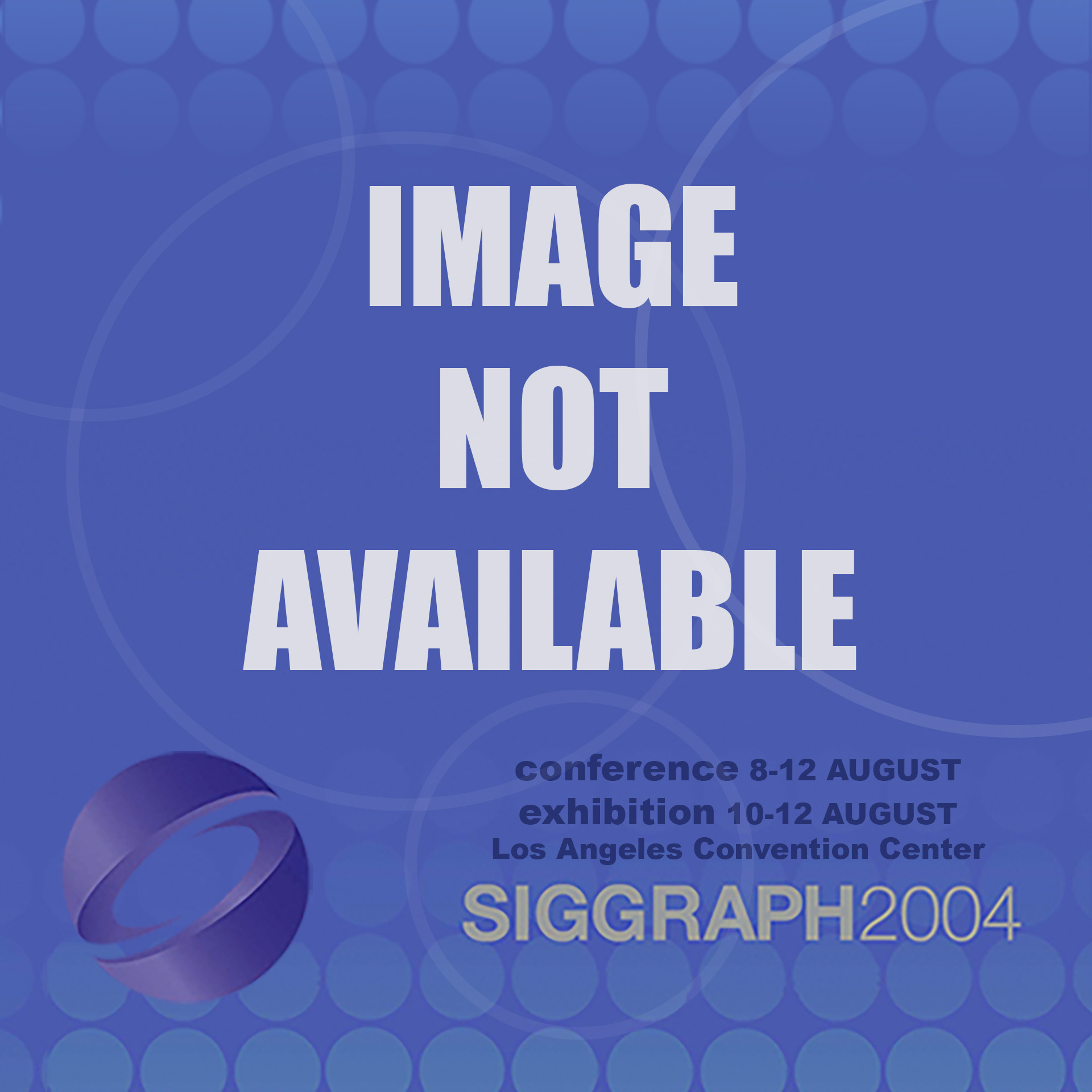“EmoteMail” by Ängeslevä, Reynolds and O’Modhrain
Conference:
Type(s):
Title:
- EmoteMail
Presenter(s)/Author(s):
Entry Number: 009
Abstract:
Email has become a central communication channel for private and professional exchange. Its format remains equally neutral regardless of the relation to the recipient. While writing remains an excellent vehicle to communicate tone and emotion, this can sometimes be a painstaking and tedious process, and requires considerable skill.
EmoteMail is an email client that is augmented to convey aspects of the writing context to the recipient. The client captures facial expressions and typing speed and introduces them as design elements. These contextual cues provide extra information that can help the recipient decode the tone of the mail. Moreover, the contextual information is gathered and automatically embedded as the sender composes the email, allowing an additional channel of expression.
Hugo Lius EmpathyBuddy [Liu et al. 2002] and the chillies in email client Eudora also attempt to give email contextual tone by analysing the textual content of the message. While these approaches succeed in affectively annotating the email message without any extra effort, we feel that they fail to consider the personality of the sender and have no comprehension of the writing context. For example, sarcasm could be misinterpreted by both of these approaches as negative affect.
References:
1. Bodine, K., and Pignol, M. 2003. Kinetic typography-based instant messaging. In CHI ’03 extended abstracts on Human factors in computing systems, ACM Press, 914–915.
2. Forlizzi, J., Lee, J., and Hudson, S. 2003. The kinedit system. In Proceedings of the conference on Human factors in computing systems, ACM Press, 377–384.
3. Liu, H., Lieberman, H., and Selker, T. 2002. Automatic affective feedback in an email browser. In MIT Media Lab Software Agents Group Technical Report SA02-01.





